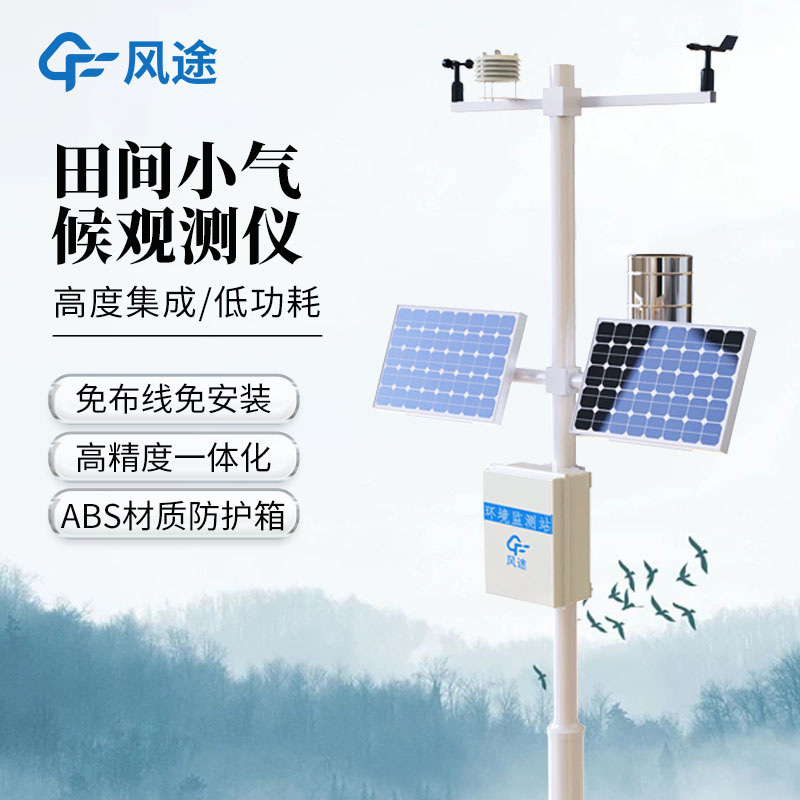Agricultural climate change has brought severe impacts in multiple aspects.
In terms of crop yields and prices, extreme temperatures, droughts, floods and other weather changes have damaged many types of crops. For example, in February 2024, the drought in West Africa drove cocoa prices to an all - time high, doubling the cost of chocolate raw materials; the hot and dry summer in the Mediterranean led to poor olive harvests and soaring olive oil prices; from Italy to India, rice yields have declined and prices have risen due to the impacts of droughts, floods, and rising salinity; in 2023, the drought in the Midwestern United States reduced soybean production, and Argentina also saw a significant drop in soybean crushing due to drought; in 2023, heavy rains in Europe blocked potato collection and increased the risk of rotting in Belgium, France and other countries, causing prices to soar.
In the livestock industry and related industries, the decline in soybean production has led to shortages or poorer quality of livestock feed, which may cause feed prices to skyrocket, thereby affecting farmers' decisions on herd size and affecting the price, supply and quality of meat and dairy products.
In the long term, as the climate crisis intensifies and extreme weather events increase, the damage may be more severe. For example, by 2030, maize crop yields may decline by 24% due to climate change. The agricultural sector itself is an important source of greenhouse gas emissions, but relatively little funding is available to address agricultural climate change issues. Less than 4% of climate financing has been allocated to agriculture and food, while measures to mitigate the impacts of climate change, such as developing more resilient and adaptable crops, optimizing water use and fertilization, all require significant investment.
The development of agriculture has always been closely intertwined with the interpretation and prediction of weather. As early as 1441, the first standard rain gauge was developed. Since then, in order to protect crops, humans have continuously attempted to use increasingly advanced tools to improve the accuracy of weather prediction.
However, regardless of the level of technological innovation in the agricultural field, food cultivation has always been restricted by the weather of the planting area. Weather is a key factor affecting the health of crops. Close monitoring of the weather during the processes of determining sowing times, arranging agricultural treatment plans and formulating irrigation plans is of great value.
Generally speaking, the information on weather events in our region that we obtain usually comes from centralized sources. Meteorologists analyze and interpret data for large - area geographical regions. If weather information is obtained from weather or news services, the data are most likely from the nearest weather station. However, the actual ground - level weather conditions may vary greatly, even if the distance is only a few kilometers apart. Keep in mind that even a difference of just a few degrees in temperature or a few millimeters in rainfall can have a huge impact on a farm. At this time, Agricultural meteorological stations are particularly important.
In the past, farmers mostly relied on analog instruments such as rain gauges, barometers, and thermometers to collect data using Agricultural meteorological stations. Now, weather sensors and weather stations are mostly digital and can quickly transmit information to computers or mobile devices.
Its components are quite abundant: anemometers measure wind direction and speed; thermometers measure atmospheric temperature; hygrometers measure relative humidity; barometers predict precipitation; rain gauges measure rainfall; pyranometers measure the level of solar radiation to calculate evapotranspiration; leaf wetness sensors measure the humidity on the plant surface to assist in controlling fungal diseases; soil moisture and temperature sensors monitor soil water level and temperature respectively, detect hazardous conditions for crops and calculate the evapotranspiration rate, contributing to agricultural production.

Article address:https://www.sqqx.net/en/news/364.html

 +86 15898932201
+86 15898932201



